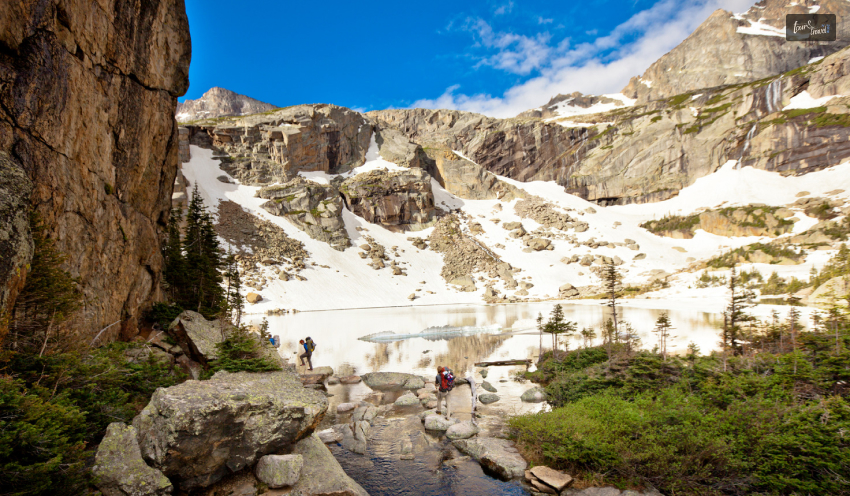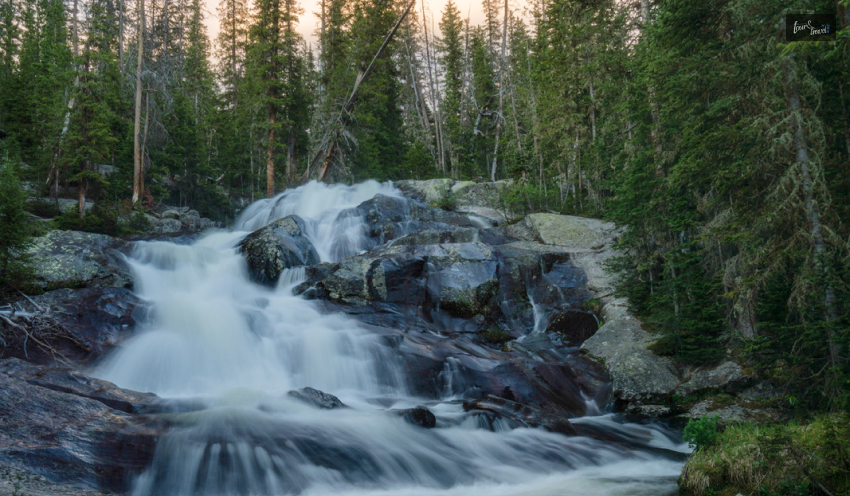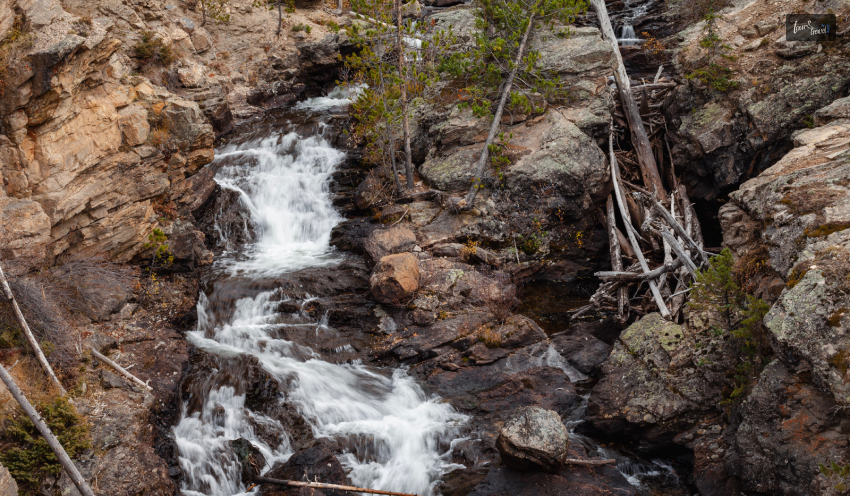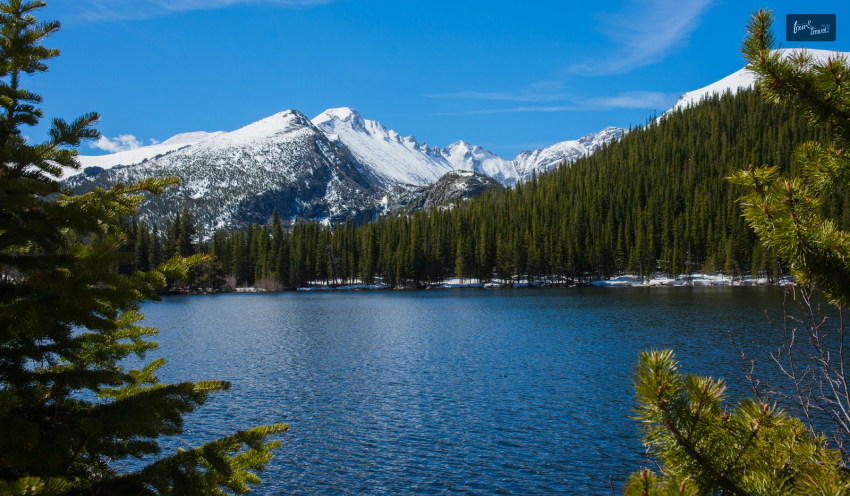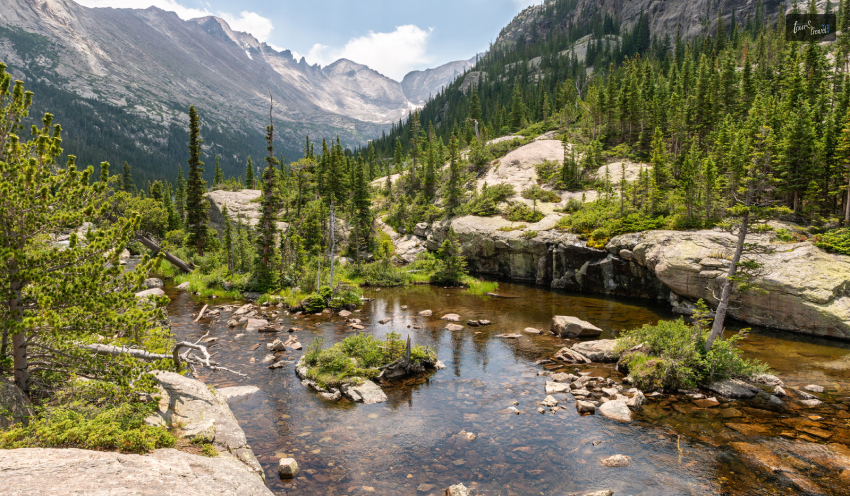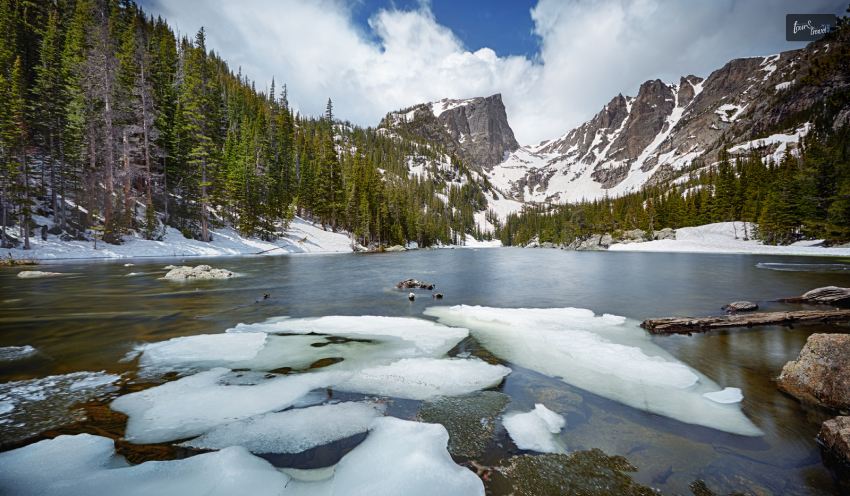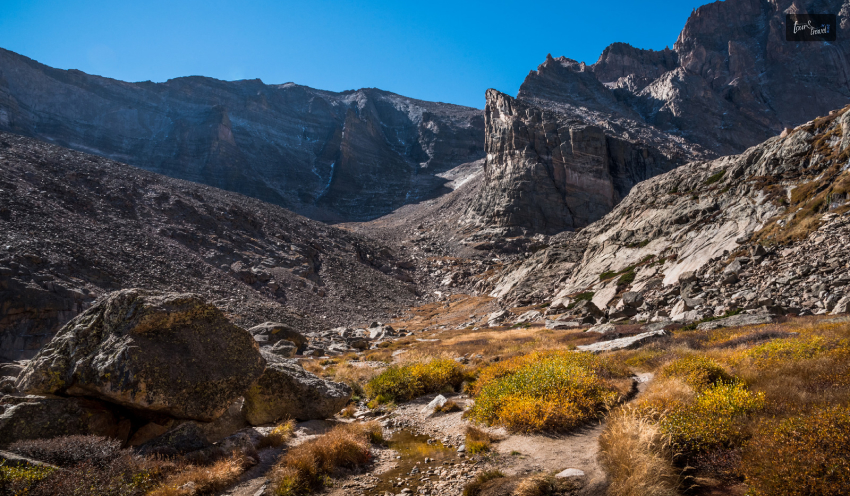A to Z Of Shenandoah National Park Camping: Do You Know These?
BY Sibashree Oct 28, 2024
The Shenandoah National Park has many wonders that you just cannot miss. So, you can witness the beauty of Bearfence Mountain and its waterfalls and explore its endless hiking trails. As a rich wildlife hub, it is also home to white-tailed deer, black bears, red-tailed hawks, Carolina chickadees, and many more. So, to cut a long story short, the Shenandoah National Park has everything for everyone. Moreover, it does not matter whether you are a birder or an avid trekker. However, one thing is certain: you can only enjoy the park to the fullest if you are camping here or at least spending nights at the local lodges. Therefore, I am sharing a brief guide about the campsites and other accommodation options in the park. Shenandoah National Park Camping https://www.instagram.com/p/CvPj7WmAt6a/ Shenandoah National Park offers you the best chance to sleep under the stars with its five functional campgrounds. Further, these campgrounds are open from early spring to late fall. Also, you can know about their availability with a simplified alert system. So, do you want to plan your next camping expedition at Shenandoah National Park? Loft Mountain Campground https://www.instagram.com/p/Bykz80iADRN/ In the southern part of the Shenandoah National Park lies the Loft Mountain. Further, it is at the top of the Big Flat Mountain. Also, it is a large camping zone with a total of 207 sites. Further, you will get a beautiful view of the eastern and western sides from the Loft Mountain Campground. In addition, the waterfalls and the trails to the Big Run Wilderness allow you to explore the park fully. Moreover, the table below shows the amenities available (not available) at Loft Mountain Campground. Amenities Available Cell Phone Network No Internet Connectivity No Recycling/Trash Collection Yes, on a seasonal basis Camp Store Seasonal availability Food Storage Lockers Yes Ice for Sale Yes Staff on Site Available Seasonally Amphitheater Available Seasonally Firewood for Sale Firewood is available. However, you must strictly adhere to the park's fire and stove policy. * Laundry Available Seasonally Dump Station Available Seasonally Potable Water Seasonal Availability Shower Type Seasonal Availability (coin-operated) *You can only use USDA-certified firewood in the park, and this is a measure to stop the unnecessary spread of emerald ash borer. However, you can also use deadwood or brunches in the park to ignite fire in the fire grates provided by the park. Further, you must fully extinguish the fire before leaving the spot, and you cannot use charcoal. Fees And Reservation At Loft Mountain Campground Loft Mountain Campground has non-electric sites for tents and RVs. Further, only six people can stay at a time at a standard campsite. Moreover, a camping site can accommodate one RV at a time. In addition, the fee for each campsite is $30. Further, the campsites of Loft Mountain Campground come on a combination basis. Nevertheless, the best method is to reserve a site. However, campsites are also available on a first-come, first-served basis. Lewis Mountain Campground Lewis Mountain Campground is the smallest in the park, with a stretch of only 57.5 miles. Also, just 7 miles away from the Big Meadows, this campground offers a quiet and more private experience. The sites are available on self-registrations. Further, you can get a site on a first-come and first-served basis. Amenities Available Cell Phone Network No Internet Connectivity No Recycling/Trash Collection Yes, on a seasonal basis Camp Store Yes, on a seasonal basis Food Storage Lockers Seasonal Availability Ice for Sale Yes, Available Seasonally Staff on Site Seasonal Amphitheater No Firewood for Sale Available Seasonally** Laundry Available Seasonally Dump Station No Potable Water Seasonal Availability Shower Type Seasonal Availability (coin-operated) **You must abide by the fire safety regulations to stop the spread of the emerald ash borer. Further, remember the following points to avoid fire-related mishaps. You can use deadwood or dried branches to light a fire in the fire grates. Further, make sure that you extinguish the fire properly after use. Also, you can carry camping and backpacking stoves. However, you cannot use charcoal grills inside the park. Reservation And Fees At Lewis Mountain Campground A standard, non-electric campsite at Lewis Mountain Campground will cost you $30. Further, you don’t need to reserve your campsite in advance as all sites are available on a first-come and first-served basis. Big Meadows Campground https://www.instagram.com/p/B4a4lAAFP52/ The 51.2-mile Big Meadows Campground is the busiest camping zone in the park, with 221 camping sites. Further, with sites available on a reservation basis, this campground offers access to the following park areas. Big Meadows Byrd Visitor Center, and Dark Hollow Falls Moreover, every campsite for a tent or RV here comes with a picnic table and fire ring. Amenities Available Cell Phone Network No Internet Connectivity No Recycling/Trash Collection Yes, on a seasonal basis Camp Store Seasonal availability Food Storage Lockers Yes Ice for Sale Yes Staff on Site Available Seasonally Amphitheater Available Seasonally Firewood for Sale Firewood is available. However, you must strictly adhere to the park's fire and stove policy. *** Laundry Available Seasonally Dump Station Available Seasonally Potable Water Seasonal Availability Shower Type Seasonal Availability (coin-operated) *** The fire safety policies at Big Meadows Campground include using USDA-certified firewood. Further, you can use deadwood and branches in the fire grates. However, even if you can carry backpacking and camping stoves, using charcoal grills is prohibited. Further, the Big Meadows Campground has standard and group camping sites. Moreover, the group camping site will cost you $75, and the fee for the standard site is $30. Mathews Arm Campground If you enter the Shenandoah National Park from Front Royal, you will first encounter the Mathews Arm Campground. Further, this 22.1 campground is home to 165 sites with picnic tables, fire rings, tents, and RVs. However, this camping site has no camp store or shower facility. It also does not offer wood and ice for sale. So, you will have to walk for 2 miles to Elkwallow Wayside to collect the essentials. Amenities Available Cell Phone Network No Internet Connectivity No Recycling/Trash Collection Yes, on a seasonal basis Camp Store No Food Storage Lockers Yes Ice for Sale No Staff on Site Available Seasonally Amphitheater Available Seasonally Firewood for Sale No Laundry No Dump Station Available Seasonally Potable Water Seasonal Availability Shower Type No Reservation And Fees At Mathews Arm Campground The Mathews Arm Campground combines reserved and first-come, first-served based sites. Further, it has standard and group campsites. Moreover, standard and group campsite fees are $30 and $75, respectively. Explore More Lodging Options At Shenandoah National Park If you don’t want to compromise on comfort, you can explore the three Shenandoah National Park lodging options for an overnight stay. Further, these lodges are located in the prime locations of the park, and offer the best view of the Blue Ridge Mountains. Moreover, they have pet-friendly accommodation. So, if you are traveling with your canine or feline friends, you can enjoy stress-free time. Skyland Resort https://www.instagram.com/p/CdqQODytuCm/?img_index=1 Along the Skyline Drive, the Skyland Resort offers the most comfortable accommodation options at Skyland Resort. Further, you can enjoy the most beautiful view of the park from the Skyland Resort. Also, this resort gives you easy access to many popular hiking trails in the park. Lewis Mountain Cabins Are you in for some rugged experience at Shenandoah National Park with the comfort factor intact? So, why don’t you get a place at Lewis Mountain Cabins? Big Meadows Lodge https://www.instagram.com/p/C-DcPBOADEx/ Built with stones from the Massanutten Mountains, the Big Meadows Lodge has a natural charm and warmth. Further, residents love spending evenings here watching the sunrise and sharing their park experience. Exploring The Unique Geology Of Shenandoah National Park https://www.instagram.com/p/CSwssncAg6D/ The geology of Shenandoah National Park tells ancient stories that are constantly evolving. Further, you will find many types of rocks that have formed the park’s unique geology. So, let’s have a brief understanding of these rocks. Basement Rocks The basement rocks of Shenandoah National Park are older than Appalachians. Further, these rocks are the foundations of the Shenandoah Blue Ridge Mountains. These rocks are also responsible for the dramatic topography of Hogback Mountain, Old Rag Mountain, and Marys Rock. Moreover, these rocks take you back billions of years. Greenstone Lava Flows Have you seen the Hawksbill and Stony Man cliffs in Shenandoah National Park? These all are formed of greenstone lava flows at least 570 million years old. Further, these lava flows form a staircase-like topography, and you will also find flat benches here and there. Moreover, the major waterfalls in the park cut through the greenstone lava flows and plunge into canyons. Chilhowee Metasedimentary Rocks These rocks come from the shores of an ocean older than the Atlantic. Further, these rocks form the park’s steep slopes and rugged terrain. Moreover, you will find these rocks in the Southern District of the park. Further, they have transformed under pressure and have formed cliffs like the Calvary Rocks, Rocky Mountain, and Blackrock South. In addition, these rocks have formed many boulder fields. Shenandoah National Park At A Glance Location: Virginia, United States Area: Around 198,000 Acres Highest Point: Hawksbill Mountain (1,234 Meters) Visitor Centers: Dickey Ridge Visitor Center, Harry F. Byrd, Sr. Visitor Center, and Mobile Visitor Center Hiking Trails: 500 Miles Moreover, Shenandoah National Park is home to more than 50 mammal and 190 bird species with amphibians, reptiles, fish, and insects. Further, this park has more than 12 waterfalls. So, camping in the park will be a truly amazing experience. However, plan a trip to the park in the spring or fall to have the best experience of the wildlife flora and fauna. However, the park has multiple entrance gates, and the route directions could be clearer. So, get a detailed idea from the park authority about the entrance gate and route based on your location. Also read Why Include Whale Watching In Your LA Itinerary. Traveling On A Budget: Tips For Affordable Adventures. From Cocktails To Kickflips: Must-Try Activities In San Diego.

